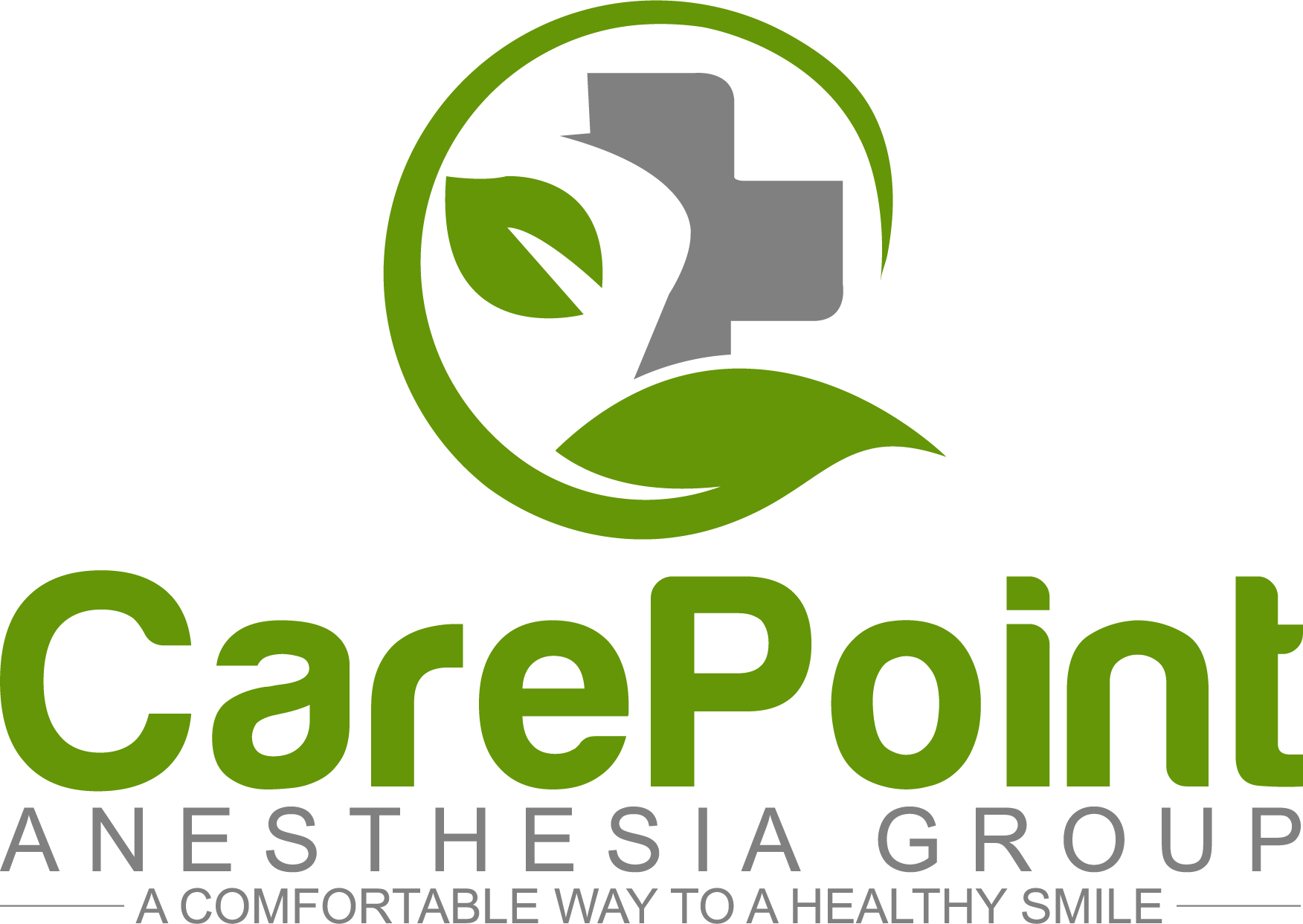The type of anesthetic technique selection will be based on various factors including patient factors such as health history and physical examination, the type of oral health services being provided, and the length of procedure. We will work with you and the patient to develop a safe and efficient anesthetic plan for each case.
Anesthetic services provided can range from IV moderate sedation to general anesthesia. A variety of airway techniques can be employed which may include the use of endotracheal tubes, laryngeal mask airways (LMAs), nasopharyngeal airways, and protective throat screens.
Definitions taken from ADA guidelines:
Moderate/Conscious Sedation
A drug-induced depression of consciousness during which patients respond purposefully to verbal commands, either alone or accompanied by light tactile stimulation. No interventions are required to maintain a patent airway, and spontaneous ventilation is adequate. Cardiovascular function is usually maintained.
Note: In accord with this particular definition, the drugs and/or techniques used should carry a margin of safety wide enough to render unintended loss of consciousness unlikely. Repeated dosing of an agent before the effects of previous dosing can be fully appreciated may result in a greater alteration of the state of consciousness than is the intent of the dentist. Further, a patient whose only response is reflex withdrawal from a painful stimulus is not considered to be in a state of moderate sedation.
The following definition applies to the administration of moderate or greater sedation: titration – administration of incremental doses of a drug until a desired effect is reached. Knowledge of each drug’s time of onset, peak response and duration of action is essential to avoid over sedation. Although the concept of titration of a drug to effect is critical for patient safety, when the intent is moderate sedation one must know whether the previous dose has taken full effect before administering an additional drug increment.
Deep sedation
A drug-induced depression of consciousness during which patients cannot be easily aroused but respond purposefully following repeated or painful stimulation. The ability to independently maintain ventilatory function may be impaired. Patients may require assistance in maintaining a patent airway, and spontaneous ventilation may be inadequate. Cardiovascular function is usually maintained.
General anesthesia
A drug-induced loss of consciousness during which patients are not arousable, even by painful stimulation. The ability to independently maintain ventilatory function is often impaired. Patients often require assistance in maintaining a patent airway, and positive pressure ventilation may be required because of depressed spontaneous ventilation or druginduced depression of neuromuscular function. Cardiovascular function may be impaired. Because sedation and general anesthesia are a continuum, it is not always possible to predict how an individual patient will respond. Hence, practitioners intending to produce a given level of sedation should be able to diagnose and manage the physiologic consequences (rescue) for patients whose level of sedation becomes deeper than initially intended.


